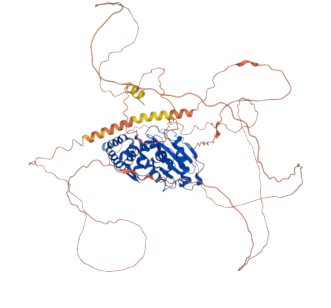Study Reveals Similarities Between Multimodal LLMs and Human Object Perception

A recent study published in the journal *Nature Machine Intelligence* has revealed that multimodal large language models (LLMs) create object representations in ways that closely resemble those observed in the human brain. This research, conducted by a team from the Chinese Academy of Sciences, provides significant insights into the parallels between artificial intelligence (AI) systems and human cognitive processes concerning the perception of natural objects.
The investigation was spurred by the need to understand how both humans and AI interpret sensory information regarding various natural objects, including flora and fauna. According to Changde Du, Kaicheng Fu, and their colleagues, the study aims to bridge the gap between human cognitive science and AI technology, particularly in how object representations are formed and categorized.
"Understanding how humans conceptualize and categorize natural objects offers critical insights into perception and cognition," stated Du, a lead researcher in the study.
The research methodology involved analyzing the responses of two advanced LLMs: OpenAI's ChatGPT-3.5 and Google's GeminiPro Vision 1.0. The models were tasked with identifying similar objects from triplet judgments, a method where subjects select which of three presented objects are most alike. The researchers gathered 4.7 million triplet judgments, which led to the derivation of low-dimensional embeddings, mathematical representations that indicate the similarity structure of various objects.
The findings indicated that the embeddings generated by the LLMs exhibited a semantic clustering akin to human mental representations. The researchers noted that the resulting embeddings were stable and predictive, suggesting that LLMs develop human-like conceptual representations of objects.
Further analysis revealed a strong alignment between the model embeddings and neural activity patterns in specific brain regions, including the extra-striate body area and the fusiform face area. This correlation provides compelling evidence that while LLMs do not replicate human cognition exactly, they share fundamental similarities that reflect key aspects of human conceptual knowledge.
The implications of this study extend into various fields, including psychology, neuroscience, and computer science. By elucidating how LLMs can mimic human-like object representations, the research paves the way for advancements in AI systems that are better aligned with human cognitive processes.
In light of these findings, the researchers concluded that human-like natural object representations are likely to emerge in LLMs trained on extensive datasets. This research could inspire future studies aimed at further exploring the cognitive parallels between AI and human understanding, potentially leading to the development of more sophisticated, brain-inspired AI systems.
Overall, this landmark study not only enhances our understanding of human cognition but also significantly contributes to the ongoing discourse on the evolution of AI technologies. As these systems become increasingly integrated into our daily lives, understanding their cognitive frameworks will be crucial for ethical and effective deployment in various applications.
Advertisement
Tags
Advertisement





